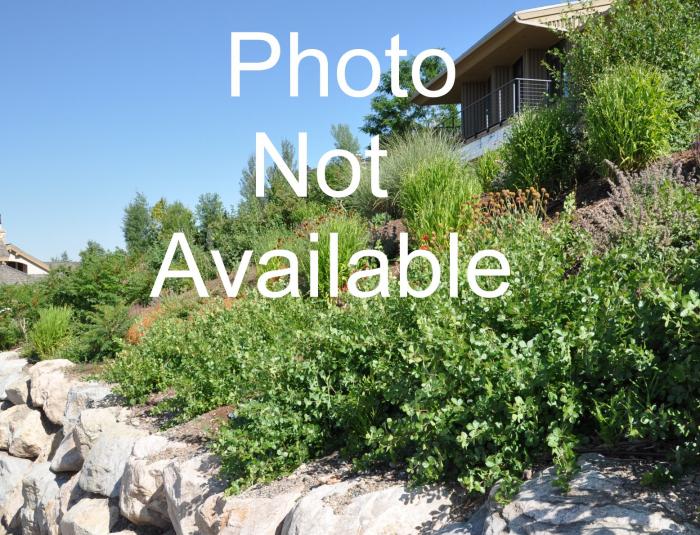| Botanical Name: Coreopsis grandiflora 'Early Sunrise' | |
| Common Name: Early Sunrise Coreopsis |

-
Anatomy
-
Culture
-
Design
Plant Type
Perennial
Height Range
1-3'
Flower Color
Yellow
Flower Season
Summer
Leaf Color
Light Green
Bark Color
n/a
Fruit Color
n/a
Fruit Season
n/a
Sun
Full, Half
Water
Medium
Growth Rate
Moderate
Soil Type
Sandy, Clay, Loam, Rocky, Unparticular
Soil Condition
Average, Rich, Poor, Well-drained, Dry
Soil pH
Neutral, Basic
Adverse Factors
n/a
Design Styles
English Cottage, Meadow, Mediterranean, Ranch, Seascape, Spanish
Accenting Features
Showy Flowers
Seasonal Interest
Summer
Location Uses
Entry, Perennial Border, Parking Strip, Patio, Walkways, With Rocks
Special Uses
Container, Cut Flowers, Filler, Mass Planting, Fire Resistant, Small Spaces
Attracts Wildlife
Butterflies
Information by: Stephanie Duer
Photographer:
Photographer:
-
Description
-
Notes
'Early Sunrise' is a compact coreopsis cultivar which features solitary, yellow, daisy-like, semi-double flowers (to 2" diameter) with yellow rays and darker yellow center disks atop slender, erect stems rising to 18" tall. Leaves are lance-like and mostly basal, making dense clumps of bright green foliage. Attracts butterflies; not attractive to rabbits and deer. Grows about 18" tall and wide.
Grow in well-drained, slightly loamy soil in full to part sun. Plants tolerate some dry conditions, but are not as drought tolerant as most other species of Coreopsis. Prompt deadheading of spent flower stalks can be tedious for a large planting, but does tend to encourage additional bloom. In optimum growing conditions, plants will spread in the garden over time by stolons to form an attractive ground cover, but spread is easy to check.